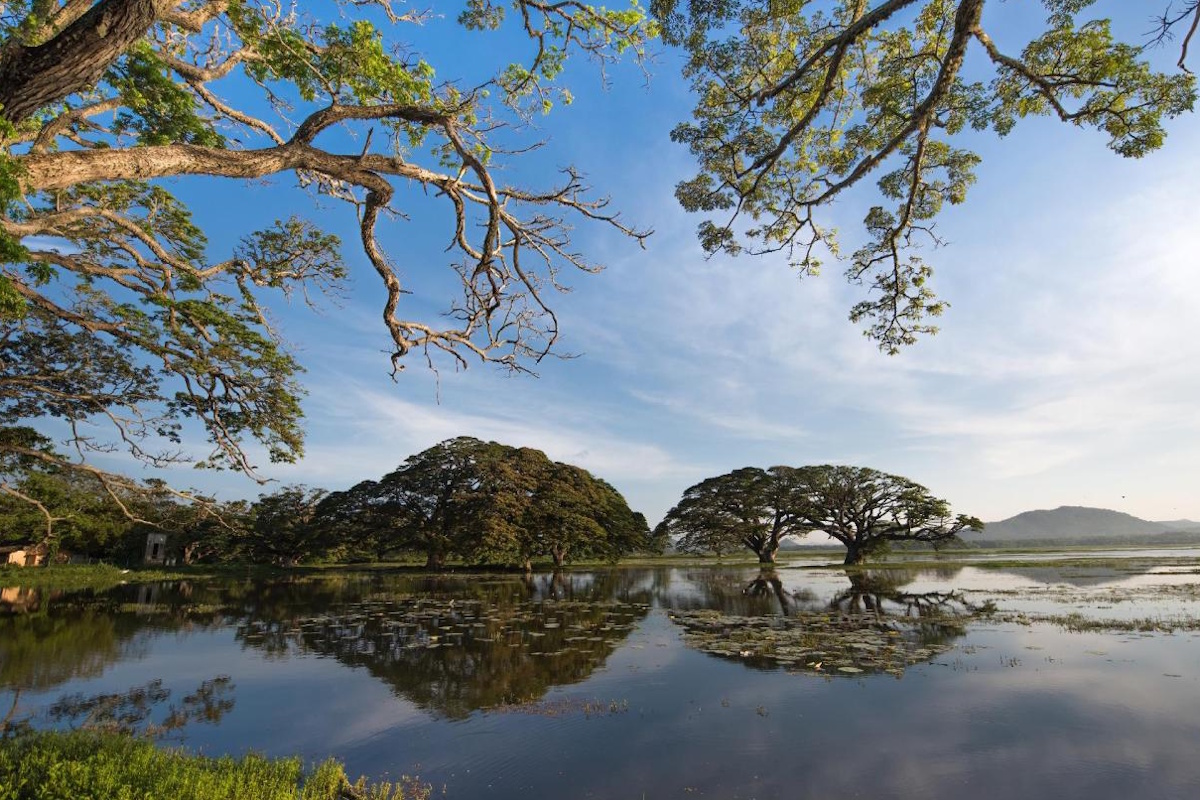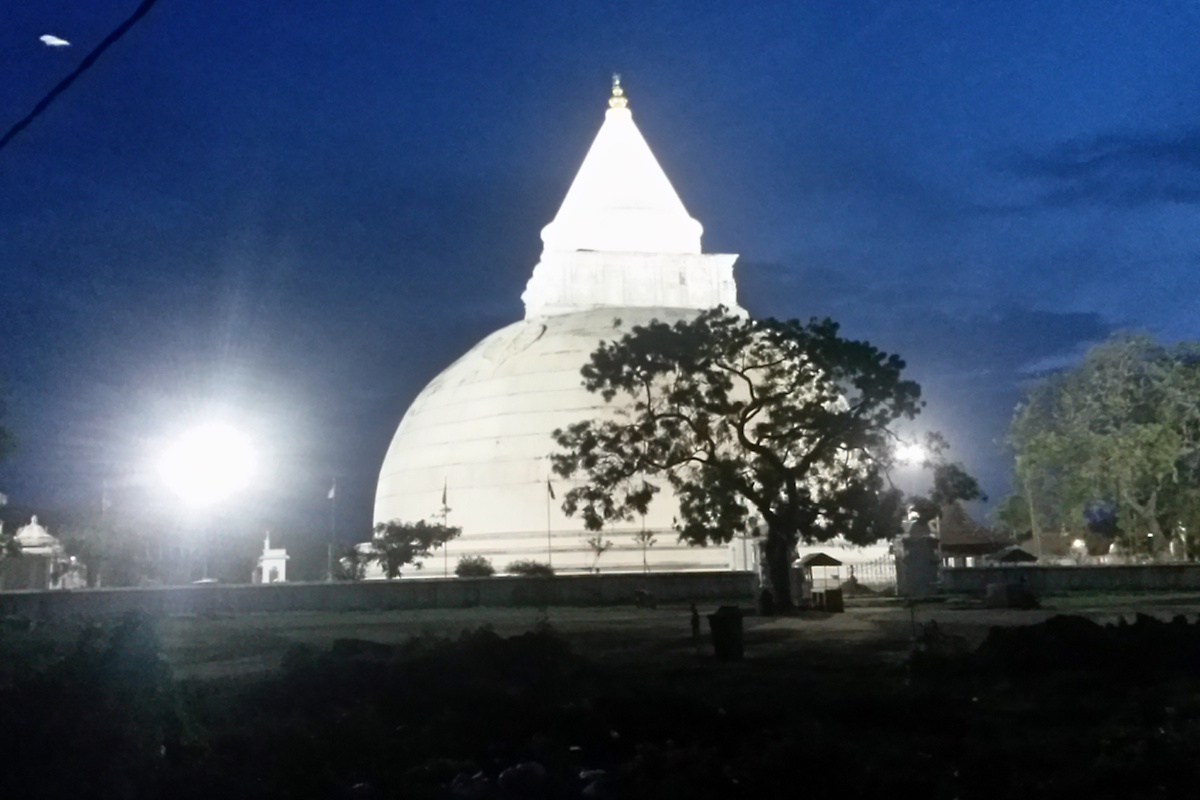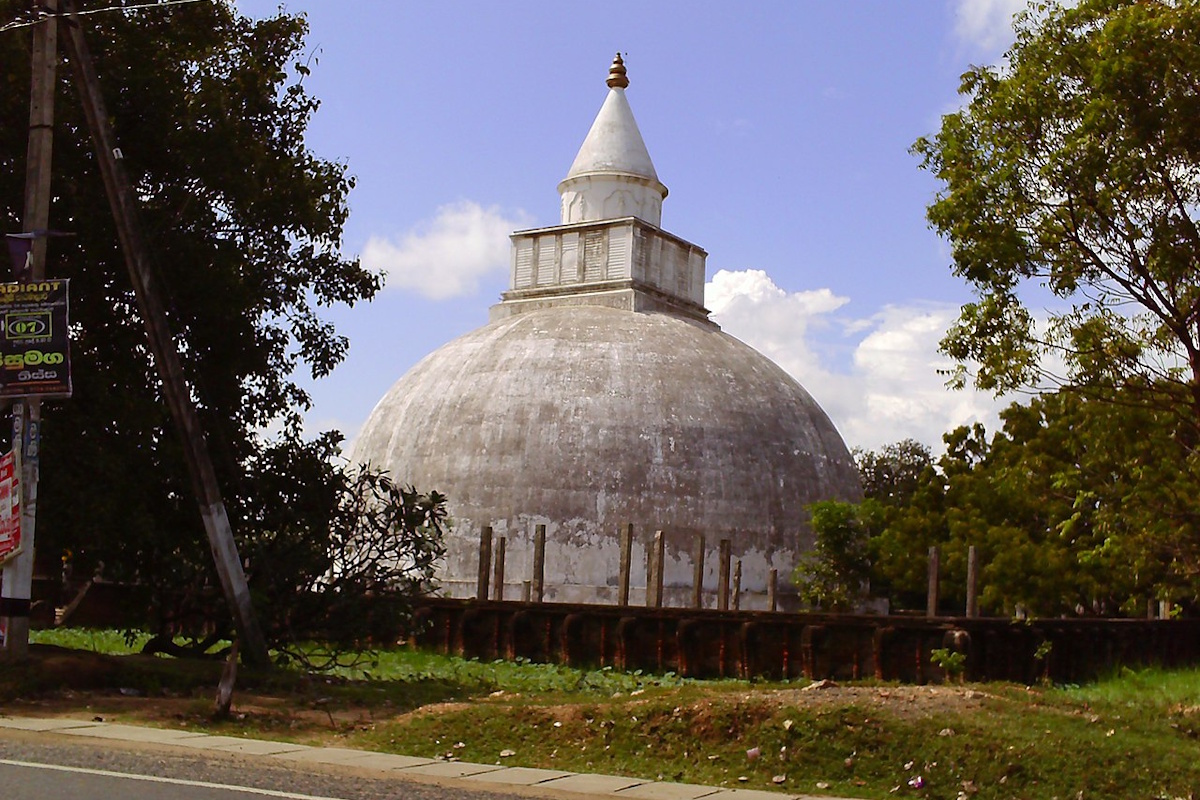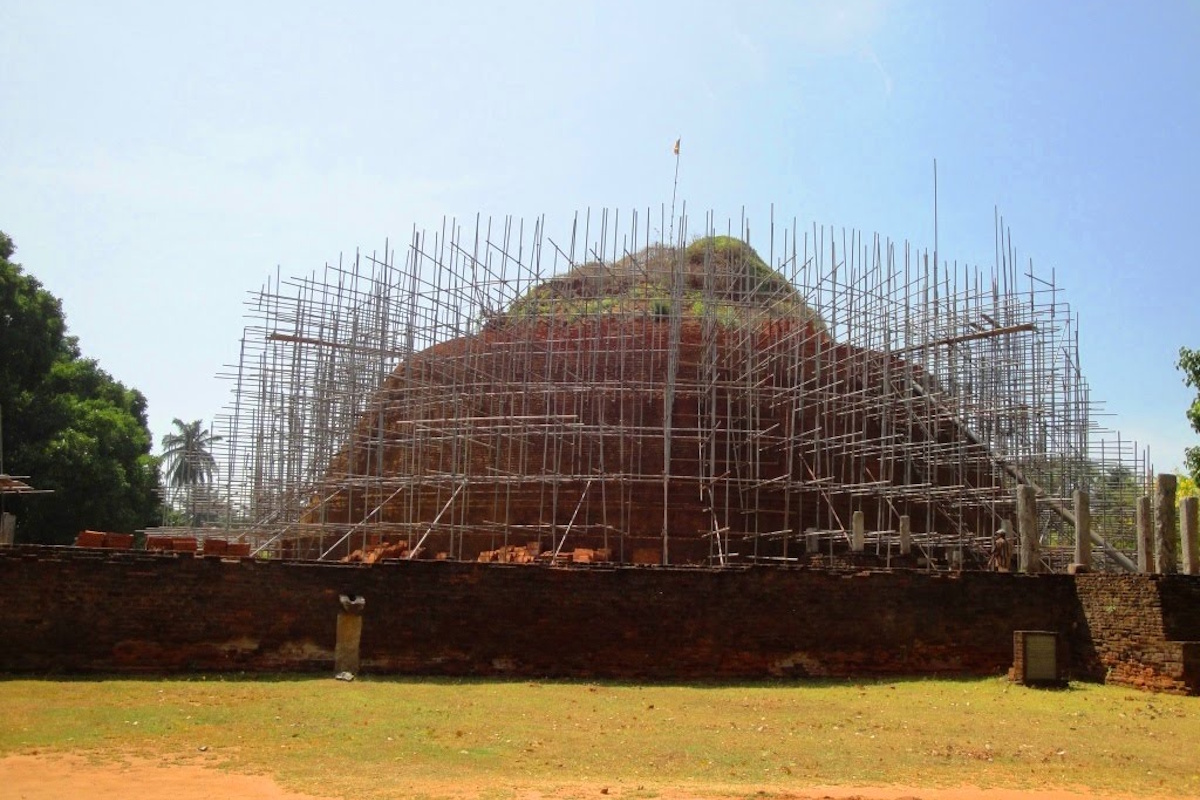Tissamaharama is one of the most pleasant towns in the south. Tissa’s main attraction is as a base for trips to the nearby national parks of Yala and Bundala or the temple town of Kataragama, but it’s an agreeable place in its own right, with a handful of monuments testifying to the town’s important place in early Sri Lankan history when, under the name of Mahagama, it was one of the principal settlements of the southern province of Ruhunu.




Originally called Magama, Tissamaharama was founded in the 3rd century BCE by Prince Mahanaga, who established the southern principality after leaving Anuradhapura. He built massive reservoirs (wewas) to irrigate the plains and set up the Silapassa Pirivena—a monastic university that housed some 12,000 monks. Over the centuries, four major viharas emerged:
Tissamaharama Vihara: Believed to enshrine Buddha’s forehead relic, this hemispherical stupa was built by King Kawantissa. Ancient inscriptions even link it to visits by the Buddha himself and to King Dutugemunu’s campaigns.
Yattala Vihara: Once thought to mark the birth site of Mahanaga’s son, recent excavations suggest this may have been the original Tissamaharama campus, complete with elephant-braced walls and grand chaityas.
Menik Vihara: Located 2 km east of town, its ruins of 75 stone pillars recall a vast meditation hall where healing sermons once cured Mahanaga’s son. A lone pillar still marks where King Dutugemunu’s war elephant was tethered.
Sandagiri Seya: A mile from the main stupa, this ancient chaitya may date back to King Kawantissa or even earlier. A rare conch shell found here links it to India’s Emperor Aśoka and Sri Lanka’s first consecrated king, Devanampiya Tissa.
Today, Tissamaharama is a bustling service hub for visitors to Yala, Bundala, and Kataragama. Its population of roughly 16,000 supports a lively market on Tank Bund Road, where vendors sell fresh produce, handcrafted brasswork, and traditional masks. A modern railway station and frequent bus links connect Tissa to Hambantota, Kataragama, and Colombo. While tourism drives much of the local economy—lodges, homestays, and guided safari operators abound—irrigated paddy cultivation and small‐scale fisheries remain vital livelihoods. The town has also embraced sustainable tourism initiatives, with community‐run guesthouses and eco‐friendly safari “jeep pools” that minimize carbon footprints.
Nestled at about 50 m above sea level on the edge of the Dry Zone, Tissamaharama spans a flat plain intersected by the historic Tissa Wewa reservoir. The landscape alternates between paddy fields, thorn scrub, and wetlands. Annual rainfall averages 1,000 mm, falling primarily during the northeast monsoon (December–February) and inter-monsoonal showers in March–April. Temperatures range from 25 °C in the cool season (January) to highs of 33 °C in April, with relative humidity between 60 % and 85 %. Red-brown loamy soils, replenished each year by reservoir releases, support two cropping seasons, while the shallow marshes around the bund attract a rich assemblage of waterbirds.
Tissamaharama Dagoba: This 55 m-tall hemispherical stupa dates to the 2nd century CE and is encircled by nine sacred Bo trees. A climb on its stone pathway offers panoramic views of the town and reservoir.
Early-Morning Safari Departures: Tissamaharama hosts the majority of safari operators into Yala National Park, with jeeps rolling out at dawn to traverse the dusty tracks and catch wildlife at their most active.
Tissa Wewa Boat Cruises: Launched at dawn or dusk, these gentle rides across the reservoir pass herons, painted storks, and the occasional wild elephant drinking at the shore.
Sithulpawwa Rock Monastery: Perched in Yala’s buffer zone, a 2 km climb up forested steps leads to ancient cave shrines adorned with Buddhist inscriptions and panoramic views over the national park.
Kataragama Pilgrimage Site: Just 20 km southeast, this multi-religious temple complex draws Buddhist, Hindu, Muslim, and Christian devotees—especially during the August festival of Esala.
Kalamatiya Bird Sanctuary: A short drive south, this coastal lagoon and reedbed supports over 200 bird species, including black-winged stilts, Eurasian spoonbills, and flocks of lesser whistling ducks.
Bundala National Park: 45 km southwest, this Ramsar wetland is famed for its flamingo and pelican rookeries.
Cultural Markets and Handicrafts: Tissa’s weekly market on Thursdays showcases lacquer-ware, coir mats, and moiré brass masks—perfect souvenirs of the region’s artistic heritage.
Subscribe to see secret deals prices drop the moment you sign up!